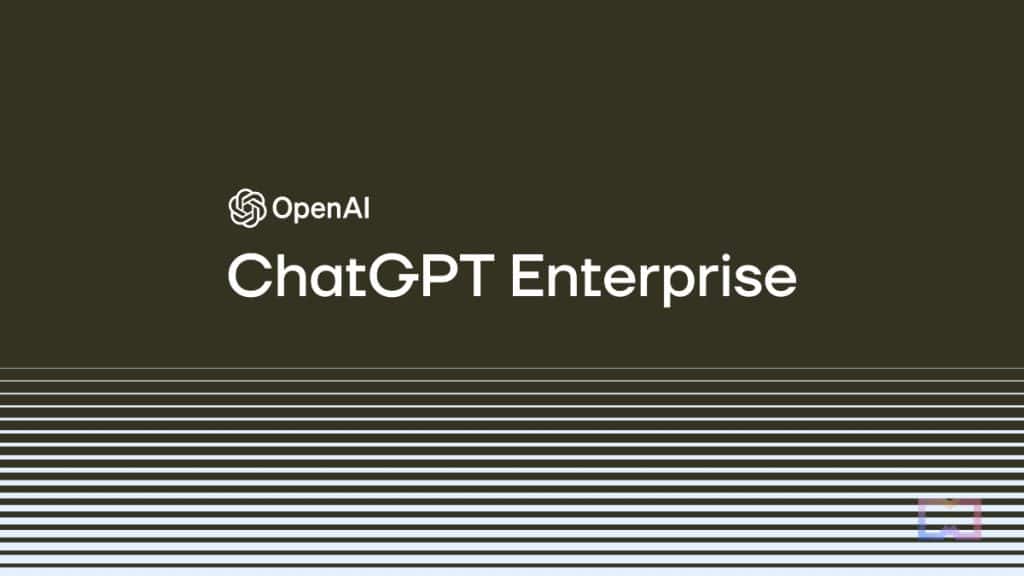At some point, AI stopped being a presentation trick and started feeling like new wiring in the walls of business. Lights began turning on where it used to be dim: in sales funnels, demand forecasts, logistics decisions, in support, pricing. Companies suddenly got a “time accelerator”: routine work shrank, and leaders had more energy to focus on the essential. And then the panic hit—what is the essential, exactly?
1) We wake up in a different normal
Business has always been a sequence of decisions. The difference is that before, they were slow and fragmented, based on incomplete data, expert intuition, and meetings. AI changes not just the tools but the rhythm and geometry of the decision: now it’s observation first, then option generation, consequence simulation, transparent argumentation—and only then launch. The human stops being a process operator and becomes an editor of meaning: not “how to click” but “why exactly this way.”
2) Why it hurts today (and that’s normal)
The current pain is not a sign of failure—it’s a sign of transition.
- Pilots don’t scale. In the demo everything flies; in production it bogs down. There’s a lack of clean data, access rights, monitoring, and ownership.
- Speed vs. conscience. AI moves fast. Brands live slow. Misalignment.
- Vendor dependence. We rent brains, but own the risk. Consider building on open agent frameworks to reduce lock-in—see agent frameworks.
- Noise instead of signal. Dashboards multiply, while the client still asks one question: “Why this—and what if otherwise?” Start by letting agents filter and prioritize information: AI agents for productivity.
This crack is useful: it shows where the company needs new footing.
3) How companies will grow in this reality
Company as a portfolio of models
Strategy used to be a thick document. Now it’s a set of executable hypotheses: demand, pricing, risk, logistics, service—each with a reason log, boundaries, and owners. This isn’t “AI magic”; it’s engineering for controlled decisions. For a cross-functional view, see Cross-Market AI.
Multi-agent loops
Not one universal brain, but an orchestra of narrow agents: some listen to the market, others compute prices, others argue risk and propose options. The human is the final editor. Principle: we accelerate without giving up responsibility. Start with proven stacks: Top agent frameworks.
Digital twins
Before you “turn the knob” in reality, play it in simulation: a new tariff, warehouse, route, promotion, credit limit. A cheap way to learn fast—without reputational burns. Hardware & edge considerations: AI hardware and digital-twin-friendly stacks.
Data as a supply chain
Data gets a passport of origin, quality metrics, observability, and protection from drift and poisoning. Order in data isn’t an “IT project”; it’s the foundation of margin. Start here: data strategy & governance and risk hygiene around bias/poisoning: the dark side of AI.
Security and privacy by default
Train closer to data, use hardware enclaves, defend against prompt injection, filter input/output. This is not a brake—it’s a condition for scale. Practical checklist: GDPR-compliant AI in 2025.
Intelligence at the edge
Some decisions live closer to the machine, register, and sensor—for speed and energy. The center sets policy; the edge chases milliseconds. See on-device patterns: run GPT on a $4 microcontroller.
4) When the puzzle clicks
Quiet miracles begin—visible in P&L and in customers’ eyes.
- Speed of shipping new things. Idea → prototype → A/B → release—days, not quarters. Try prompt-to-product flows: Build apps with Gemini or Google AI Studio guide.
- Margin from precision. Micro-decisions on pricing, SLAs, and routes start to compound into added value. See dynamic pricing in action within broader strategy: Integrate AI or risk extinction.
- Service that understands. Support stops being a set of scripts and starts answering to a person’s context: virtual assistants roundup.
- Small beats big. Tight teams with good data and discipline capture narrow, profitable niches: 35 hidden AI startups.
That’s the “plus” of AI: less friction, more meaning. But every accelerator has a price.
5) Where the fabric can tear (and how not to let it)
- Cascading errors. One wrong label—thousands of wrong decisions. Remedy: control samples, decision-trail audits, and a “red button.” See AI audit basics: accountability & risk.
- Fairness and compliance. Without explainability, regulation will stop growth. You need criteria and boundaries: Explainable AI guide.
- Leaks and poisoning. Access policies, input/output checks, trusted suppliers: security & disinformation risks.
- The energy price of intelligence. Count TCO, push some compute to the edge, use compact models where rational: edge/on-device patterns.
- Culture. Automating without retraining people guarantees shadow IT, resistance, and quality loss. See the new rules of work: Will AI replace your job?
Risk isn’t a reason to brake. It’s a reason to insure acceleration.
6) Baselines to breathe like air
- Explainability policy. What we log, what we can show to a customer or regulator, where we leave a human pause: Explainable AI.
- Data hygiene. Sources, rights, quality metrics, drift monitoring: data strategy & governance.
- Boundaries of automation. A clear list of processes that, by company principles, remain with humans.
- Responsibility by name. Every automated decision has an owner—and the owner has the right to stop it.
These rules don’t “hold back growth.” They make it possible.
7) What to do in practice: a 90-day trajectory
- Pick one end-to-end process (e.g., inbound request handling) and turn it into a smart loop: signal collection → option generation → simulation → human final decision → execution → learning on facts.
- Put data in order. Catalog, access rights, lineage, base quality metrics: start with data governance.
- Assemble a pack of 3–5 narrow agents for specific KPIs (SLA, conversion, logistics loss)—not “AI in general”: pick from productivity agents.
- Prepare a digital twin for major decisions (pricing, logistics, credit limits)—run changes there first: hardware & twin stack.
- Train people for new roles. Editor of decisions, systems orchestrator, negotiator/storyteller—without them automation falls apart.
- Enable a “red button” and trace audits. It saves cash and reputation at the most expensive moment: AI audit primer.
- Agree on the cadence. Update the model portfolio at least quarterly—your “strategy pulse.” Rapid prototyping tools help: Google AI Studio.
8) A new entry point
A year from now, the language of business will change. Instead of “we have a three-year strategy,” we’ll hear: “we have a portfolio of models and hypotheses, we regularly rebuild it, and we can explain each decision” (see Cross-Market AI). Instead of “AI will replace us”—“AI freed our hands, and we finally got to what we’re willing to answer for.” Instead of “automate everything”—“automate where client dignity and brand responsibility aren’t lost.”
Business has always been about people. AI just took the boring part away and made the main thing visible: seeing value, articulating meaning, and keeping your word. Those who accept this simple truth will win not by the speed of the machine alone, but by the speed of learning from reality—without losing conscience, quality, or taste.
Summery
AI is transforming business by accelerating decision-making and shifting human roles from process operation to meaning editing, but this transition presents challenges such as scaling issues, vendor dependence, and the need for data governance. Companies can thrive by adopting strategies like using models as portfolios, creating multi-agent loops, employing digital twins, and ensuring data security and privacy to enhance speed, precision, and service, while also managing risks like cascading errors and fairness concerns.
Key points
- AI is changing the rhythm of business decisions, emphasizing observation, option generation, simulation, and transparent argumentation before execution.
- The current challenges in AI implementation, such as pilot projects failing to scale and vendor dependence, are normal signs of transition and highlight areas needing improvement.
- Companies should structure themselves as a portfolio of executable models for demand, pricing, risk, and logistics, each with clear boundaries and owners.
- Implementing multi-agent loops, where narrow AI agents handle specific tasks and humans act as final editors, can accelerate processes without sacrificing responsibility.
- Using digital twins to simulate the impact of decisions, such as new tariffs or warehouse locations, helps companies learn quickly and avoid real-world risks.
- Treating data as a supply chain with origin tracking, quality metrics, and security measures is crucial for maintaining margin and preventing issues like bias and poisoning.
- Establishing baselines for explainability, data hygiene, automation boundaries, and named responsibility ensures that AI implementation is sustainable and compliant.













